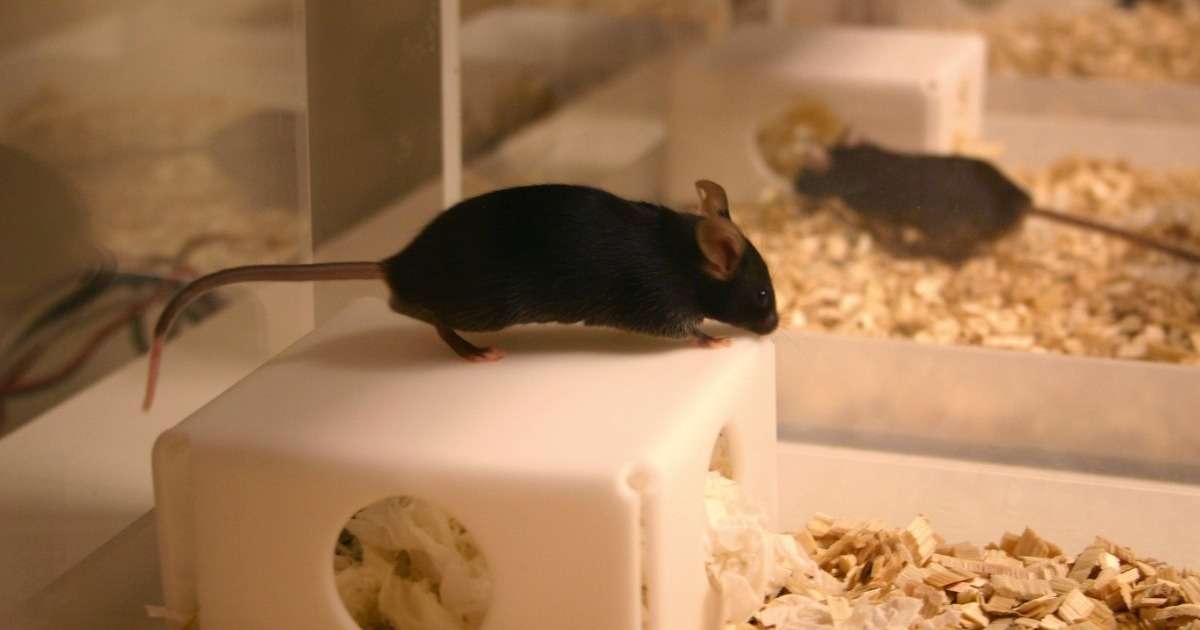
The do’s and don’ts in behavioral testing: improve your open field test
Scientists have been performing open field tests for quite some time now. Over the years it has become one of the most popular tests in rodent behavioral research. So what’s not to love?

Insect damage on leaves changes the reproductive strategy of plants
We all know that the majority of plant species depends on pollinators, like bees and syrphid flies, for reproduction. What most of us do not know is that this process is far more complex than it looks at first sight.
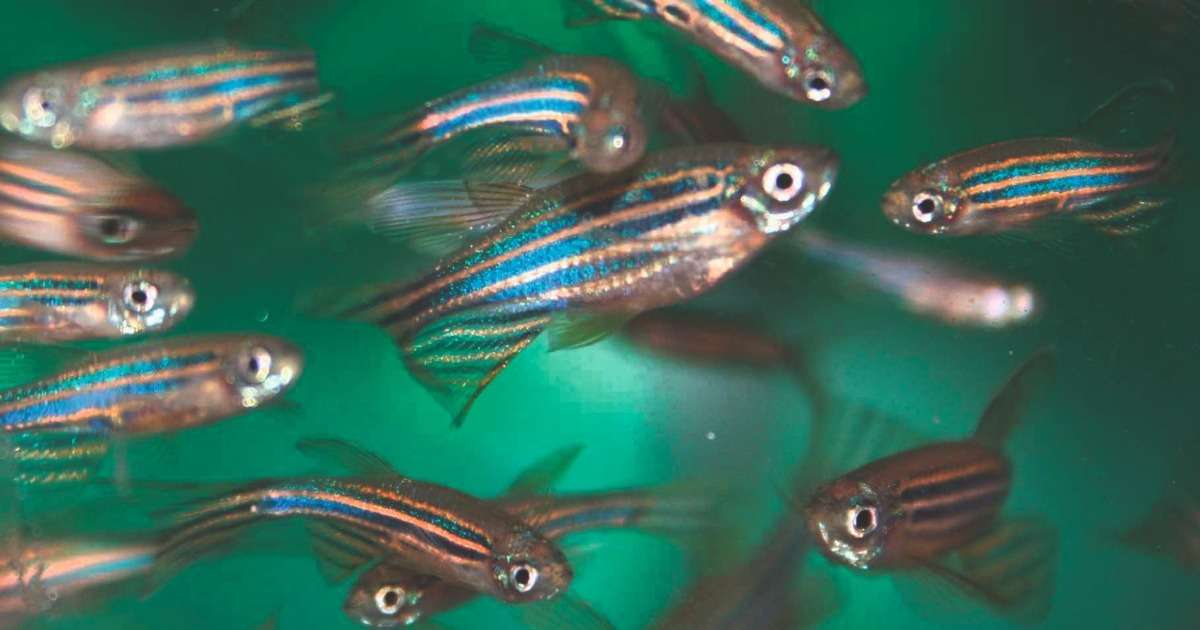
How zebrafish regenerate (and how to measure their recovery)
We all know of animals that are able to regenerate: lizards that grow back their tails, flatworms that can grow into new worms when cut in half. Zebrafish have this special ability as well.
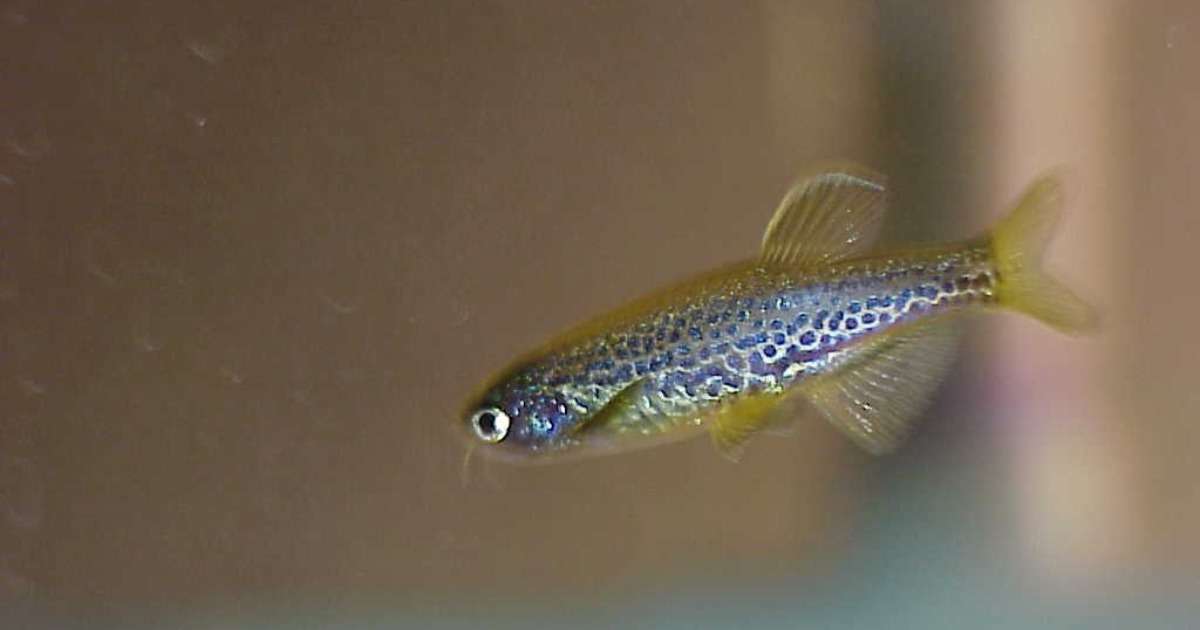
How zebrafish are changing neuroscience
Zebrafish. This little fish is a vertebrate, and a relatively complex one. Looking at the major neurotransmitters and hormones that are investigated in neuroscience, they are as good of a model as many mammalian species.

Are there objective tests for predicting autism severity?
Some disorders cannot simply be diagnosed with a blood test or tissue-culture. Autism Spectrum Disorder (ASD) is a good example; its diagnosis relies upon behavioral tests and questionnaires.

Why wolves cry out for their friends
Why do wolves howl? From research, movies, and even television series, we learn that wolves cry out to each other to facilitate the reassembling of a pack when members have strayed.

How to mark zebrafish without compromising their behavior
How to mark zebrafish without compromising their behavior? They may have just found the answer to this at the University of Toronto. Cheung et al. tried out a method using subcutaneous injection with dyes.
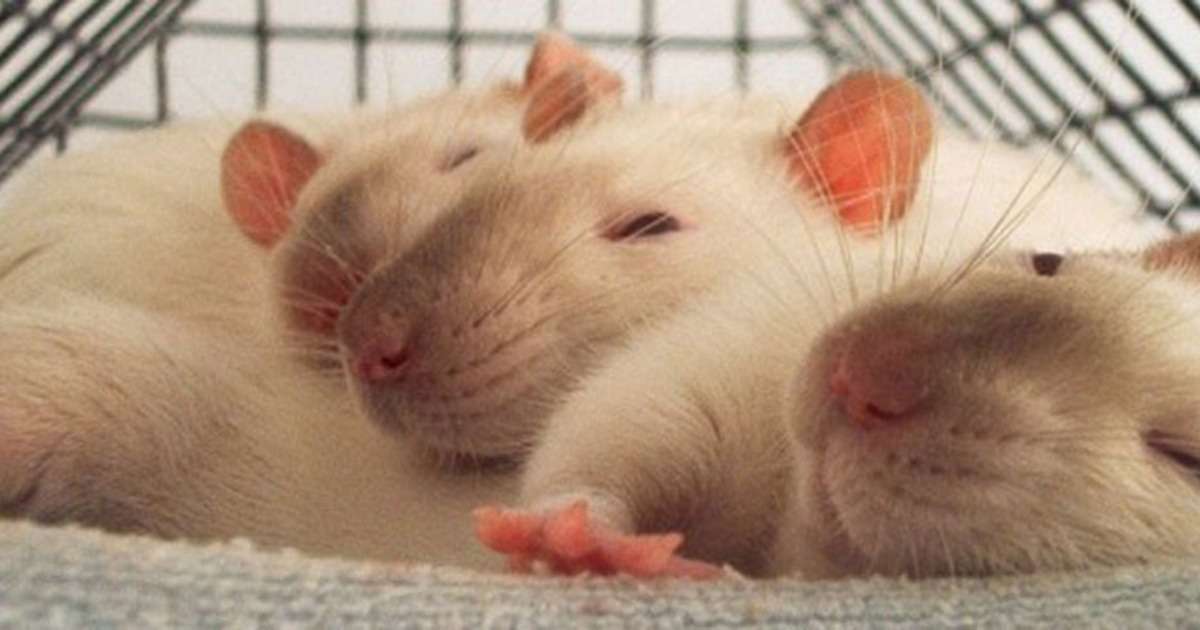
Why rats help other rats
As humans, we help each other because it is the right thing to do. We help our friends and our family. And of course we help strangers as well. Right?
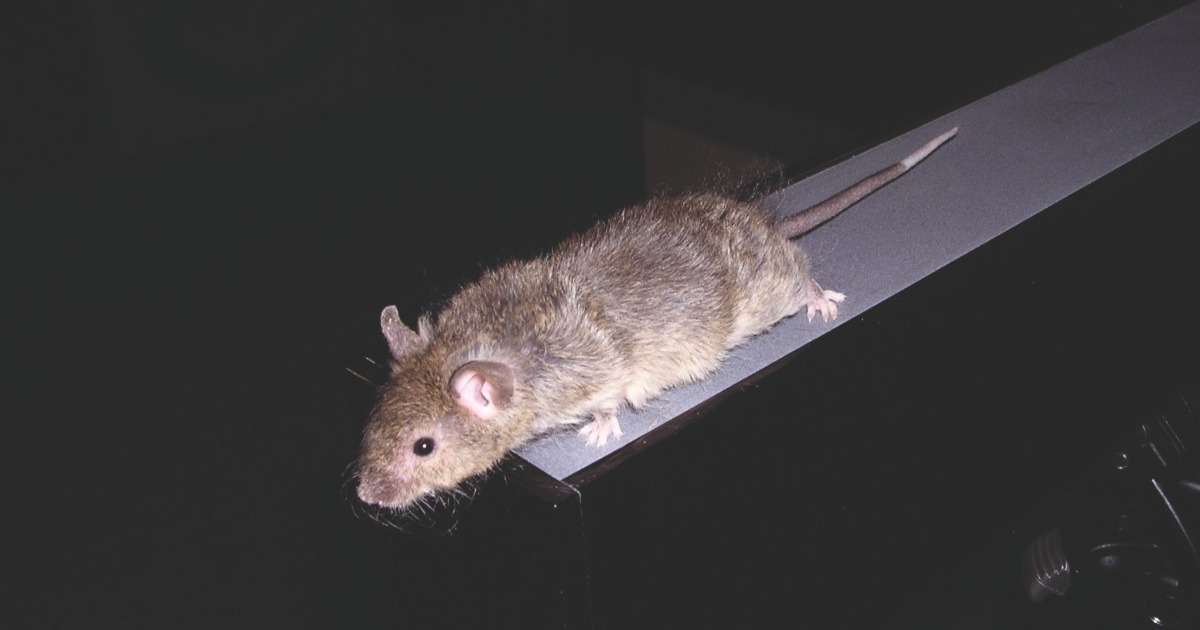
How to easily automate the elevated plus maze test
Anxiety. It is nature’s way to keep us out of harm’s way, so it is a useful emotion. At times, though, it can also be overwhelming. For some, it gets out of control, irrational, and even disabling.
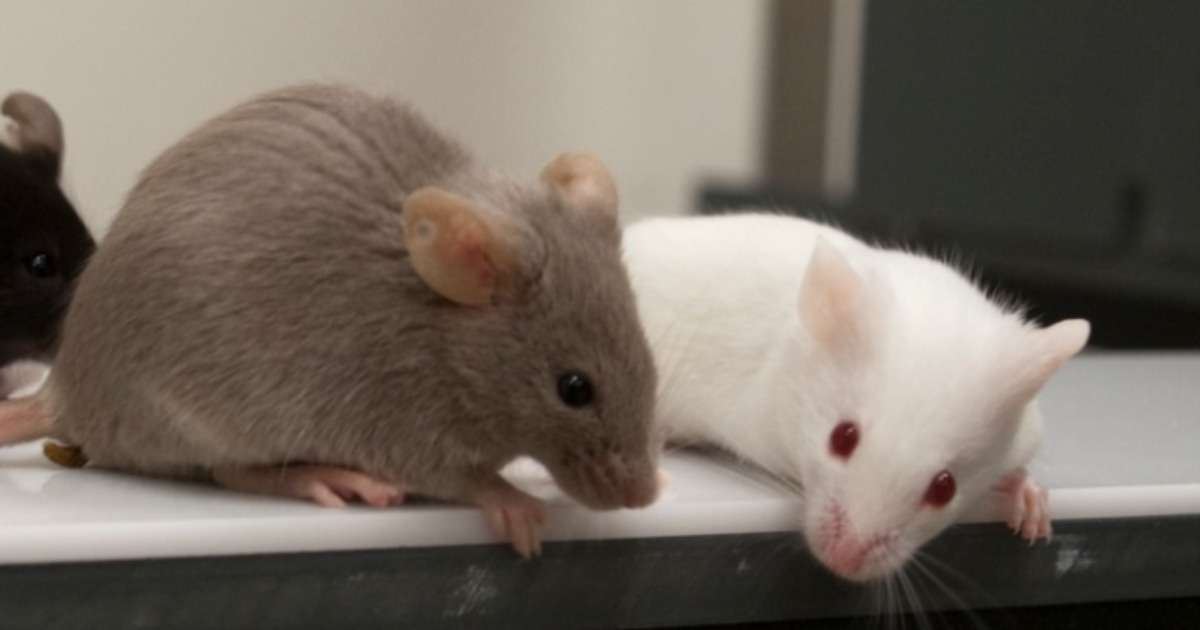
How memory loss caused by diabetes was prevented in transgenic mice
Did you know that Alzheimer’s and diabetes are linked? Patients with diabetes have an increased risk for Alzheimer’s disease (AD) and patients with AD show impaired insulin function and glucose metabolism.
